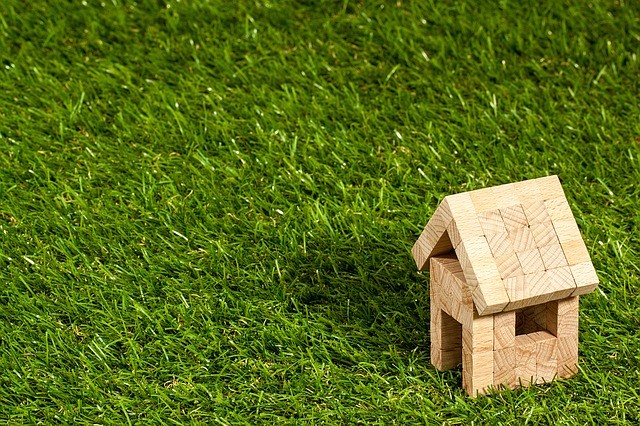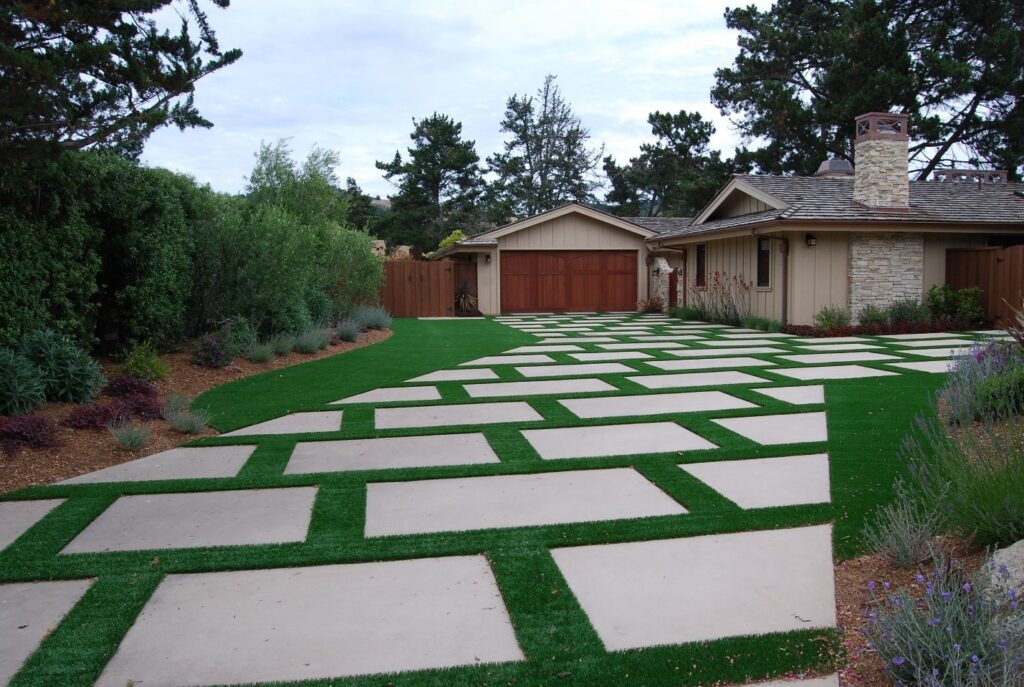Gardeners in crowded cities are finding new ways to cope with the lack of backyards in their high rise flats, apartments and condominiums. Going vertical is now all the rage with people creating their own urban paradise on rooftops. Not only does a rooftop garden give more liveable space, but it also yields a lot of benefits as well.
For one, roof gardening helps reduce the heat island effect caused by solar radiation trapped in concrete and asphalt. According to a study published by the National Research Council of Canada, a roof covered by greenery stays cool at 77 ℉ on a sunny day. Compare that to an exposed roof which could reach up to 158 ℉ under similar conditions and causes the cooling bill to increase, it’s clear why many are opting to repurpose their unused rooftops.

Before you follow the trend, however, there are a few things you need to consider, such as what type of grass you would use. Your first instinct might be to lay down a layer of natural turf, but you might want to settle for artificial turf instead. Artificial grass doesn’t require trimming, mowing, fertilizing, and watering at all, which makes it perfect for people who don’t have time to tend to a garden on a daily basis. This helps you save a lot more money and reduce your carbon footprint in the long run.
If you are set on creating your very own rooftop garden, here are a few tips that could help you.
Know Your Building’s Regulations
Don’t start planning the layout of your rooftop garden without knowing the regulations in your building. Local ordinances in certain areas in Phoenix, rental property rules, or homeowner association codes might prohibit such projects. If you are unsure as to how the building’s management views using the rooftop as a garden, call your landlord at the very least. They will be in the best position to answer your inquiry or at least point you to someone else who can. The bottom line is: don’t be in a rush to begin, or you might just end up wasting your time and money.
Make Sure the Roof Can Take It
Some rooftops are just not made to bear a lot of excess weight. Even if synthetic grass is significantly lighter than its natural counterpart, the roof must be able to support everything else you want to place there. It is only wise, therefore, to seek professional help. A qualified structural engineer or an architect can assess how much more weight your roof can take. After the inspection, they can tell you if your rooftop can only carry a limited amount of weight and whether it’s safe to do some gardening on it. They will also let you know if inviting a few other people to the roof is a good move or not.
In any case, you should focus your garden layout on using lightweight materials such as foam planting containers and lightweight potting soil for plant boxes. Avoid pavers, gravel, garden dirt or any kind of rock structure.
Consider Elements When Designing
A good layout is needed to make a rooftop garden work. Because the roof is completely exposed, you must consider how the elements will impact the area before anything else. Although it rarely rains in Phoenix, you should still take drainage into account. After all, you would still have to hose down artificial grass to keep it cool from time to time and water potted plants as well. Choose a synthetic turf variant that has great drainage capabilities and make sure that the runoff will be redirected properly so as not to cause damage to the roof or the floor below it.
It will also be quite windy up there, so you might find windbreaks very useful. Put up trellises or a latticed windbreak to disrupt the flow of the wind. This will prevent your potted plants from being knocked down, while still letting some of the cool breeze through.
Choose to Grow Perennial Plants
Your garden is not complete without beautiful plants. Your best choice would be perennial plants since they are very resilient and can last throughout the year. This way, you won’t have to worry about finding your rooftop covered with dead foliage all the time. You should also choose plants with a limited root system so they won’t need to be potted in a lot of soil. Put them in carefully arranged containers around your garden to control their growth better.
If you don’t want to stick to flowering plants and shrubs, on the other hand, you can turn your rooftop into a vegetable garden. Try planting lettuce, beans, tomatoes, onions, or peas for that Al Fresco dining experience. These vegetables and herbs can thrive in a rooftop garden.
Give Yourself Some Privacy
If your building is located in the heart of the city, chances are that the rooftop doesn’t offer much in the way of privacy. What’s more, you might not have the greatest view or the most serene spot. You can easily solve that by covering up the space. If you prefer to go the natural route, using tall screening plants like bamboo can make the area seem more private. Alternatively, you can put up awnings, screens or canopies to shield yourself from prying eyes and the glare of the sun. Both options can even help block out the sounds of the busy street down below. As a finishing touch, you could look into planting scented flora species or bringing a reed diffuser with your favorite fragrance.
Life in a major urban area tends to be hectic and fast-moving, which is why many seek a place of solace at the end of the day. Whether you choose to make your rooftop garden an area for relaxation or entertaining friends and family, it is a great investment you’ll be making for your peace of mind. Work with professional landscapers and artificial grass installers like Sunburst Landscaping to create a garden you’ll be proud of. They might even surprise you with unique ideas of their own.
Sources:
Rooftop Garden Design Ideas, GardenDesign.com
Case Study: 7 Gardens with Artificial Grass, Gardenista.com




